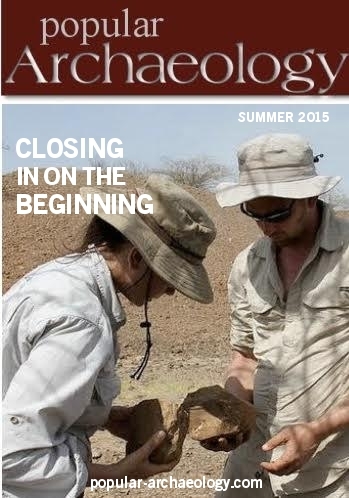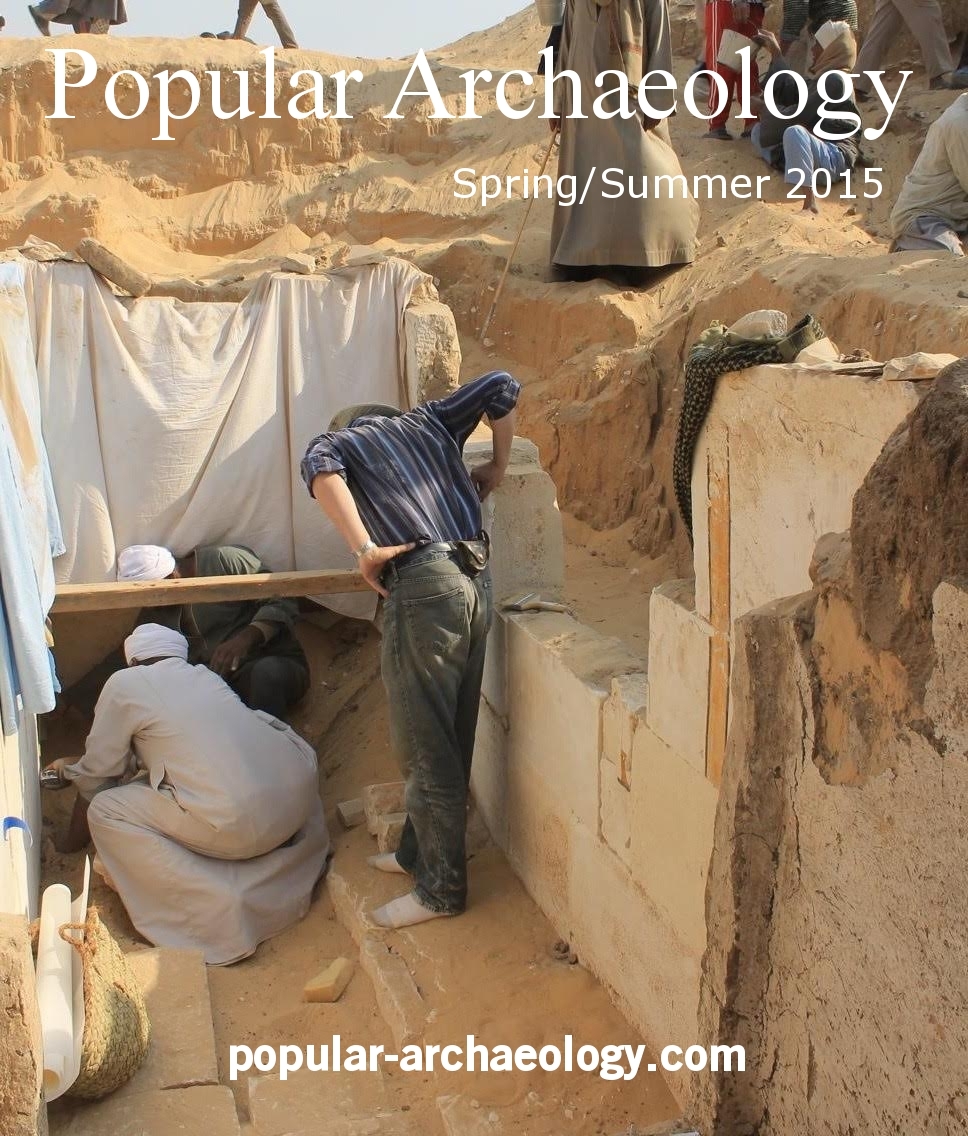
For decades, scientists have constructed competing hypothetical models explaining how and when anatomically modern humans (AMH), or early modern humans, left their original homelands in Africa to colonize and populate the globe. Not to be confused with the models that suggest the far earlier movement out of Africa by the hominids known as Homo erectus—a more ancient human species—the AMH’s are thought to have dispersed out of Africa around 60,000 years ago, according to one broadly accepted theory.
Now, a team of scientists, led by Hugo Reyes-Centeno of Eberhard Karls Universität and colleagues, have tested the spatial and temporal aspects of hypothetical dispersal routes by analyzing the early modern human fossil record from Africa and the Levant, including a large dataset of human crania from Asia, to model ancestor-descendant relationships. The results of their analysis, they conclude, have significant implications for developing a deeper understanding of the complexity of modern human origins and diversity.
“By assessing the correlation of geographical distances between populations and measures of population differentiation derived from quantitative cranial phenotype data,” stated the researchers in their report, “our results support a model in which extant Australo-Melanesians are descendants of an initial dispersal out of Africa by early anatomically modern humans, while all other populations are descendants of a later migration wave.”*
_______________________________________
 Australoids: Untouchables of Malabar Kerala Dravidian. Wikimedia Commons
Australoids: Untouchables of Malabar Kerala Dravidian. Wikimedia Commons
____________________________________________________
The study results support models that suggest the possibility that anatomically modern humans reached Australia, for example, by about 40 – 50,000 years ago. The scientific debate, however, rages on, and future studies will likely shed additional light on the developing AMH dispersal story.
____________________________________________________
*Hugo Reyes-Centeno, et al., Testing modern human out-of-Africa dispersal models and implications for modern human origins, Journal of Human Evolution, 8 July 2015, article in press doi:10.1016/j.jhevol.2015.06.008
____________________________________________________
 Read more in-depth articles about archaeology with a premium subscription to Popular Archaeology Magazine.
Read more in-depth articles about archaeology with a premium subscription to Popular Archaeology Magazine.
In addition, the latest Popular Archaeology ebook is now available.
______________________________________________
Travel and learn with Far Horizons.
____________________________________________
 This richly illustrated ebook version of a recent Popular Archaeology issue includes the following stories: The discovery of the tomb of a previously unknown pharaoh that is shedding light on a lost ancient Egyptian dynasty; how genetics is revolutionizing what we know about human evolution and our prehistoric past; one scholar’s controversial ‘New Chronology’ and how it supports the historicity of the biblical Exodus; how archaeologists are unearthing new history in Williamsburg, Virginia, a seat of British colonial power in 18th century America; the discovery of the remains of a major Roman legionary base in Israel; the unearthing of an ancient Judean fortified settlement in the borderlands between the biblical kingdoms of ancient Judah and the Philistines; and how archaeologists are uncovering evidence of what may have been an important administrative center of Judah during the 8th century BCE. Now available from Amazon.com!
This richly illustrated ebook version of a recent Popular Archaeology issue includes the following stories: The discovery of the tomb of a previously unknown pharaoh that is shedding light on a lost ancient Egyptian dynasty; how genetics is revolutionizing what we know about human evolution and our prehistoric past; one scholar’s controversial ‘New Chronology’ and how it supports the historicity of the biblical Exodus; how archaeologists are unearthing new history in Williamsburg, Virginia, a seat of British colonial power in 18th century America; the discovery of the remains of a major Roman legionary base in Israel; the unearthing of an ancient Judean fortified settlement in the borderlands between the biblical kingdoms of ancient Judah and the Philistines; and how archaeologists are uncovering evidence of what may have been an important administrative center of Judah during the 8th century BCE. Now available from Amazon.com!
____________________________________________






